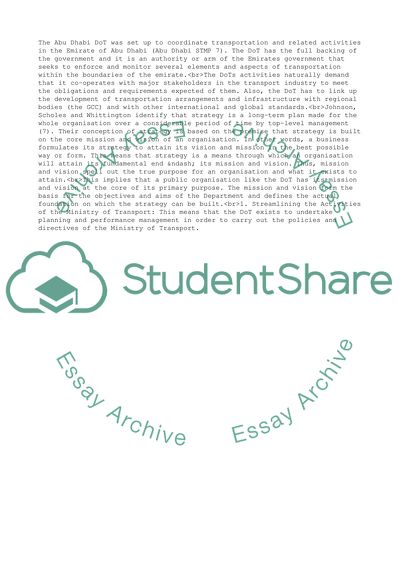Cite this document
(The Strategy of the Abu Dhabi Department of Transport Research Paper, n.d.)
The Strategy of the Abu Dhabi Department of Transport Research Paper. Retrieved from https://studentshare.org/management/1768834-organisational-direction-and-strategic-project-management
The Strategy of the Abu Dhabi Department of Transport Research Paper. Retrieved from https://studentshare.org/management/1768834-organisational-direction-and-strategic-project-management
(The Strategy of the Abu Dhabi Department of Transport Research Paper)
The Strategy of the Abu Dhabi Department of Transport Research Paper. https://studentshare.org/management/1768834-organisational-direction-and-strategic-project-management.
The Strategy of the Abu Dhabi Department of Transport Research Paper. https://studentshare.org/management/1768834-organisational-direction-and-strategic-project-management.
“The Strategy of the Abu Dhabi Department of Transport Research Paper”, n.d. https://studentshare.org/management/1768834-organisational-direction-and-strategic-project-management.


